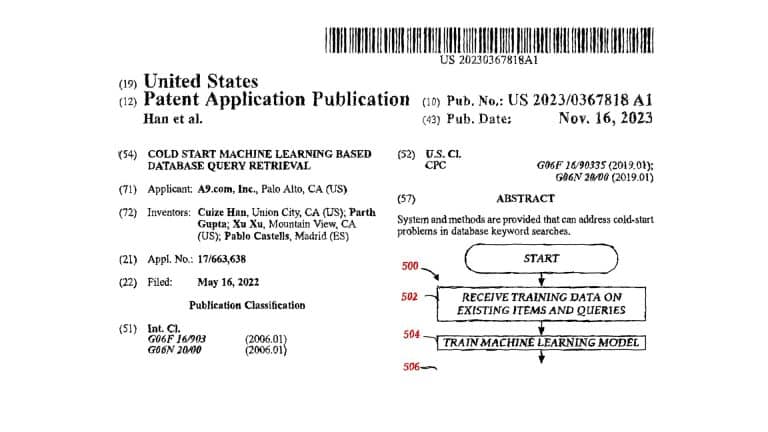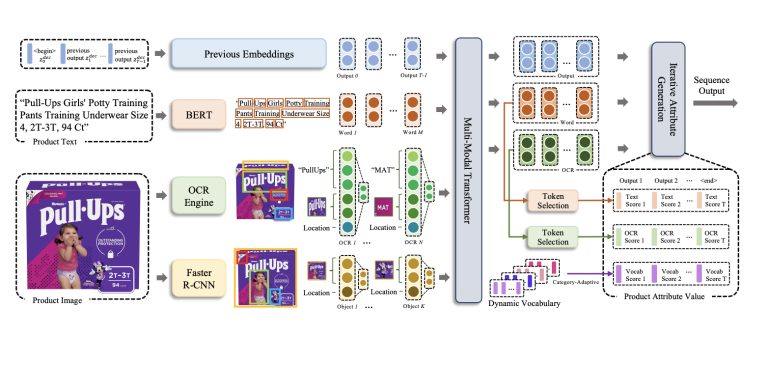Introduction
Pricing consistency across different sizes of the same product is critical for customer experience and perception of value. However, maintaining rational price ladders (Pricing ladders relate to prices across different sizes) for size variants is challenging with large product catalogs and dynamic pricing. This paper studies techniques to measure and improve pricing consistency related to pack sizes and the impact on rank.
Key Takeaways for Amazon Sellers
- Pay close attention to pricing consistency across size variations of your products. Customers expect larger sizes to cost more but have equal or lower price per unit. Inconsistent pricing can negatively impact customer experience.
- Make sure complete and accurate size information is provided in your product listings, including single pack size, number of items per pack, and total quantity. This helps customers evaluate value and price perception.
- When pricing different sizes, factor in appropriate quantity discounts. Use data-driven models to estimate ideal unit prices based on your cost structure.
- Monitor your listings for unexpected price inconsistencies that may turn off customers. The techniques in the paper could help identify issues.
- If launching new package sizes, proactively check pricing of existing variants. Adjust pricing if needed to maintain perception of deal and reasonableness.
- Consider surfacing unit price (price per oz/lb/etc) prominently in listings to aid comparison. Especially helpful for less familiar shoppers.
- Size variations are challenging to keep updated. Use catalog data enrichment services to maintain missing size information (Flat files).
- For custom packaged products, optimize pack sizes and quantities to align with consumer expectations and price norms in your category.
- Pay close attention to competitors’ pricing strategies for size variants. Inconsistencies on their end present an opportunity if you price logically.
Measuring Inconsistency Between Size Variants
Customers expect larger sizes to cost more but have lower price per unit (PPU). Inconsistencies are defined as:
- Type 1: Larger size costs less than smaller size
- Type 2: Larger size has higher PPU than smaller one
Formulas quantify the severity of Type 1 and Type 2 violations. Analysis found average inconsistencies of 5% and 4% respectively.
Finding Product Size Variants
- Use product search to identify similar items as potential size variants
- Classify product title wording as containing size or not
- Rank product pairs as likely size variants or not
This finds more size variants than the incomplete catalog data.
Extracting Pack Size Data
- Extract size quantities from titles and descriptions with NLP
- Reduces missing values by 10x vs. catalog data alone
Improving Price Consistency
- Estimate unit prices from variants using regression models
- Recalibrate prices based on estimated unit costs
- Isotonic regression reduces Type 2 inconsistency by 45%
- Exponential regression reduces Type 1 inconsistency by 25%
Conclusion
In summary, the paper makes several contributions:
- Quantification metrics for pricing inconsistencies related to product sizes
- Techniques to identify size variants and extract missing size data
- Regression modeling approaches to improve price consistency
Together this provides a system to measure and enhance size-based pricing consistency across large product catalogs. It can significantly improve perceived value and customer experience.













